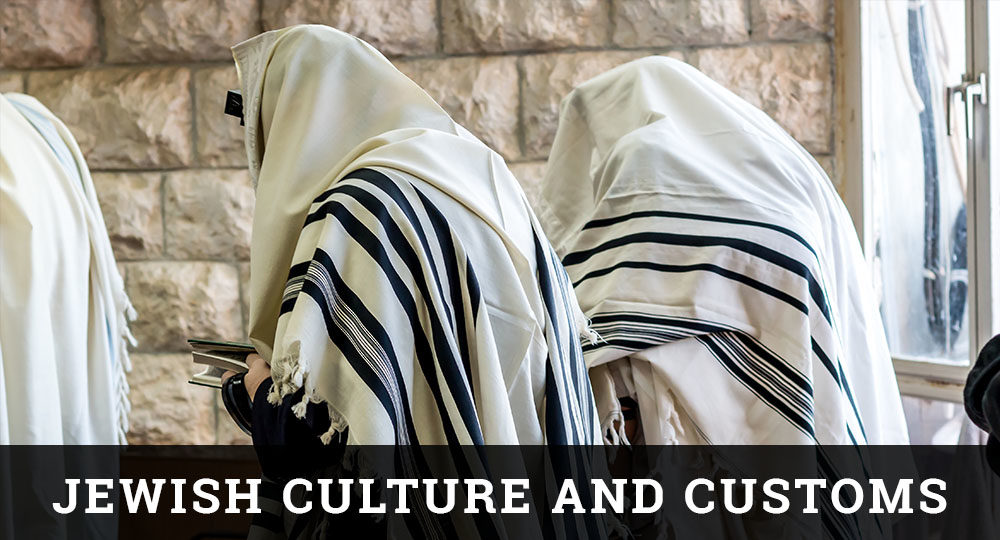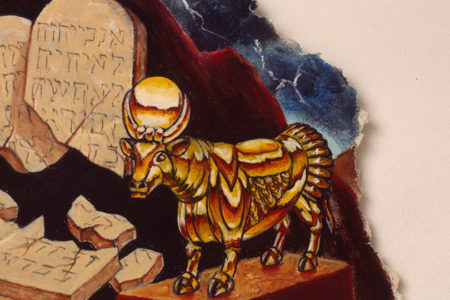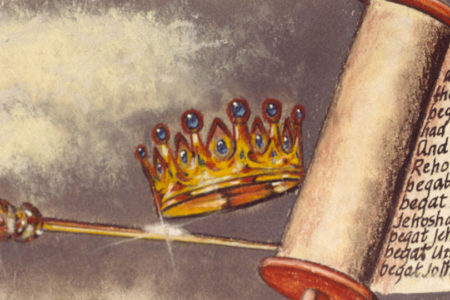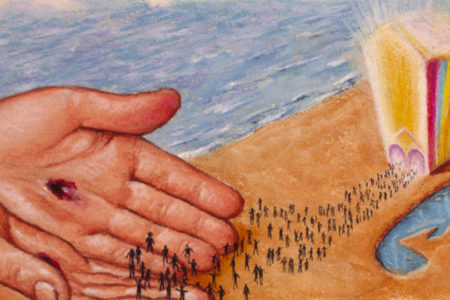The Jewish Wedding
Marriage is regarded as one of the most important and significant decisions in the lives of Jewish people. The Torah (the five books of Moses) clearly states that God made “an help fit” for Adam because “It is not good that the man should be alone” (Gen. 2:18). Acknowledging God’s truth, the great Jewish sages taught that marriage was part of the divine plan of God, and they permitted the suspension of Torah study to attend a wedding and allowed the selling of a Torah scroll to gain the means to marry. The Talmud states that without a wife, a man has no joy, happiness, or bliss. Some statements from the sages of old question the humanity of a man who does not marry.
No details are given in the Scripture regarding the actual marriage ceremony, but we do know of four of its elements: the betrothal period (Dt. 20:7) that lasts for a full year; singing—beautiful, romantic singing (Song 4:1–7); one week of feasting (Gen. 29:22); and the consummation of the marriage.
The Talmud details the ceremony, providing guidelines regarding age, days, eligibility, and procedure. With so many important things to consider, it is no wonder that the profession of matchmaker was most prominent. It is said that it is as difficult for God to arrange a good marriage as it was to split the Red Sea.
Long ago, a year separated the betrothal from the consummation, allowing the groom to prepare the home and the bride to validate her virginity. Today, these stages are combined into one ceremony called kiddushin.
On the sabbath before the wedding, the groom is “called up” (aliya) to the bema (platform) to read the Torah. The congregation showers him with candies, representing wishes for a sweet married life. Other preparations include the bride purchasing a tallit (prayer shawl) for her husband-to-be and a period of fasting by the couple, signifying their sorrow for sin and their desire for a new beginning. The man and woman separately immerse themselves into the ritual bath called the mikveh, which is a bath of natural water instituted for the purpose of sanctification. As they immerse themselves, they proclaim their devotion to one another and separation from others.
When they arrive at the synagogue, the bride and groom sign a ketuba, or marriage contract. This document, written in Aramaic, is a religious contract binding the groom to fulfill all financial duties to his wife. The private signing of the ketuba is witness by two people who must be present at the public reading during the ceremony.
The wedding ceremony begins as the veiled bride walks toward her groom, usually escorted by both of her parents. At the front of the aisle, the couple stands together under the chupah (bridal canopy). The bride’s procession to this point represents her walk to the new home the groom has prepared for her. The canopy represents the couple’s new home, as well as the establishment of their home together. As they stand under the canopy, the rabbi recites a blessing over the wine, hallowing the name of God and blessing the marriage.
The rabbi then reads the ketuba and the marriage vows, which are repeated by the couple. The groom places an unadorned ring on the bride’s right index finger (the most visible) and declares, “You are consecrated unto me with this ring in accordance with the laws of Moses and Israel.” At a later time, the groom places the ring on the traditional ring finger, from which, it is believed, a vein runs straight to the heart. Seven blessings (sheva berachot) are recited to bless and thank God for the wine, creation, the creation of man, man’s creation in the image of God, the future return of God’s chosen to Zion, the bride and groom, and the joy of all weddings.
It is traditional for the groom to stand on the left and the bride to his right, as the Scriptures state, “upon thy right hand did stand the queen” (Ps. 45:9). The bride then circles her groom, sometimes alone, sometimes accompanied by her mother, his mother, and her bridesmaids.
As the ceremony concludes, the groom breaks a wine glass by smashing it with his foot, as the guests shout, “Mazel tov!” (good luck). The breaking of the glass is said to signify sorrow over the destruction of the Temple. Another interpretation is that the smashing of the glass is irrevocable and permanent; so too may the marriage last an infinity of time.
In many services, a time is then set aside for the couple to be alone together to reflect on what has just taken place. This is taken from the biblical pattern (Gen. 29:22–23), when the couple actually consummated their marriage. Finally, a reception is held to congratulate the newlyweds and celebrate their union.
Just as marriage is important in the eyes of Judaism, so it should be very significant to true believers. We, the church, are the bride of the Savior and soon-coming Messiah, the Lord Jesus Christ, who is our groom.








